Cats, renowned for their independent thinking, can be a challenge to train, especially when it comes to staying within the confines of your yard. Their natural instincts drive them to explore and roam freely, often leading them into the neighbor’s yard or beyond. As responsible cat parents, ensuring the safety of our feline friends is paramount.
In this comprehensive guide, we will delve into effective strategies and techniques for training your beloved cat to remain safely within your yard. Our aim is to provide you with valuable insights and practical steps to give both you and your cat peace of mind while enjoying the great outdoors.
Why Cats Have a Natural Instinct to Explore and Roam
Cats naturally explore and roam freely primarily because of their evolutionary history and their roles as solitary hunters. Here are a few key reasons:
- Hunting Instinct: Cats are obligate carnivores, which means they need a diet primarily composed of meat to thrive. In the wild, they hunt for their food. This hunting instinct drives them to explore their surroundings in search of prey.
- Territorial Behavior: Cats are territorial animals. In the wild, they establish and defend territories that provide them with resources like food, water, and shelter. Exploring helps them identify and secure these essential resources.
- Curiosity: Cats are naturally curious creatures. They are interested in their environment, and exploring new places and objects is a way for them to satisfy their curiosity and stimulate their minds.
- Exercise: Cats need physical exercise to stay healthy and maintain their agility. Roaming and exploring provide opportunities for them to stretch their muscles, climb, and engage in physical activities.
- Independence: Cats are known for their independence. Unlike pack animals like dogs, they are solitary hunters. This independent nature encourages them to explore and venture out on their own.
While these instincts are deeply ingrained in cats, it’s essential for pet owners to balance their cats’ natural inclinations with their safety. This is especially important in urban and suburban environments where there may be various dangers, such as traffic, predators, or toxic substances. Training and providing enrichment within a safe and controlled space, like a cat-friendly yard, can help satisfy these instincts while keeping them out of harm’s way.
Training your cat to stay in your yard may involve the use of various devices designed to ensure their safety while allowing them to explore the outdoors. Each of these devices has its advantages, and the choice depends on your cat’s personality, your yard’s layout, and your preferences. When using any of these devices, remember that positive reinforcement and patience play crucial roles in training your cat to stay within the designated area.
Invisible Fences
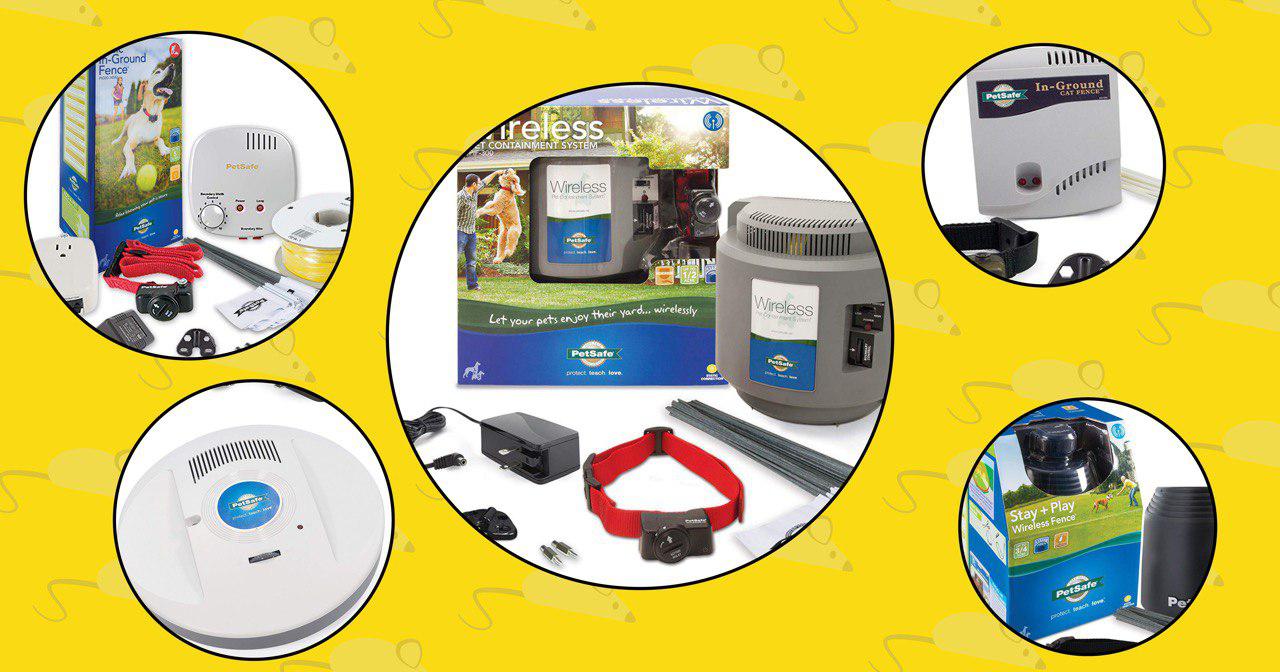
Invisible fences for cats, also known as wireless fences, offer a popular and effective solution for keeping your feline friend safely within your yard’s boundaries. This type of pet fence is widely used to provide both dogs and cats with secure confinement. The system operates by utilizing a radio broadcast in conjunction with a special electric collar designed to discourage the animal from attempting to escape the designated area.
How Do Invisible Fences For Cats Work?
Invisible fences rely on a buried wire, typically a few inches underground, to transmit a signal that covers a total range of several feet in all directions. As the signal moves away from the wire, it gradually weakens but remains detectable for several feet. The transmitting wire is strategically looped around the perimeter you’ve set for your cat’s containment.
To make the invisible cat barrier effective, your feline companion wears a specific “shock” collar that is capable of detecting the signal emitted by the system. When the cat’s collar approaches within a few feet of the wire, triggering a “poor signal” zone, an alarm will sound as a warning to the cat, indicating that advancing further will result in a mild shock.
The shock signal is activated when the collar enters the “strong” signal zone, again within a few feet of the wire. Over time, the cat learns to associate the beep noise with an impending shock and becomes conditioned not to proceed beyond the set boundaries.
How to Effectively Train Your Cat Using Invisible Fences

Once you’ve installed the invisible fence, the process of training your cat to stay safely within your yard can begin. An essential step in this training process is the use of boundary flags to clearly mark the yard’s limits.
Begin by allowing your cat to explore the yard while wearing a harness. During this initial phase, you can introduce your feline companion to the concept of boundaries. Place boundary flags along the perimeter of your yard to clearly define the boundaries for your cat.
Gently guide your cat towards these flags. As your cat approaches the flagged boundary, the collar will emit a beep, signaling that she is approaching her limits. In response to the beep, carefully redirect your cat away from the flags and back into the yard, reinforcing the idea that venturing past these boundaries is off-limits.
Consistency is key to successful training. Over a period of several days, continue practicing with your cat, gradually introducing distractions to test her recall and commitment to staying within the designated area.
For added assurance, it’s advisable to accompany your cat during these early training sessions, ensuring she fully grasps the boundaries. As your cat becomes more accustomed to the invisible fence, you can gradually remove the boundary flags.
While this method may be effective for some cats, it’s worth exploring alternative training options to determine the best approach for your feline companion’s unique needs.
Utilizing GPS Trackers for Added Peace of Mind
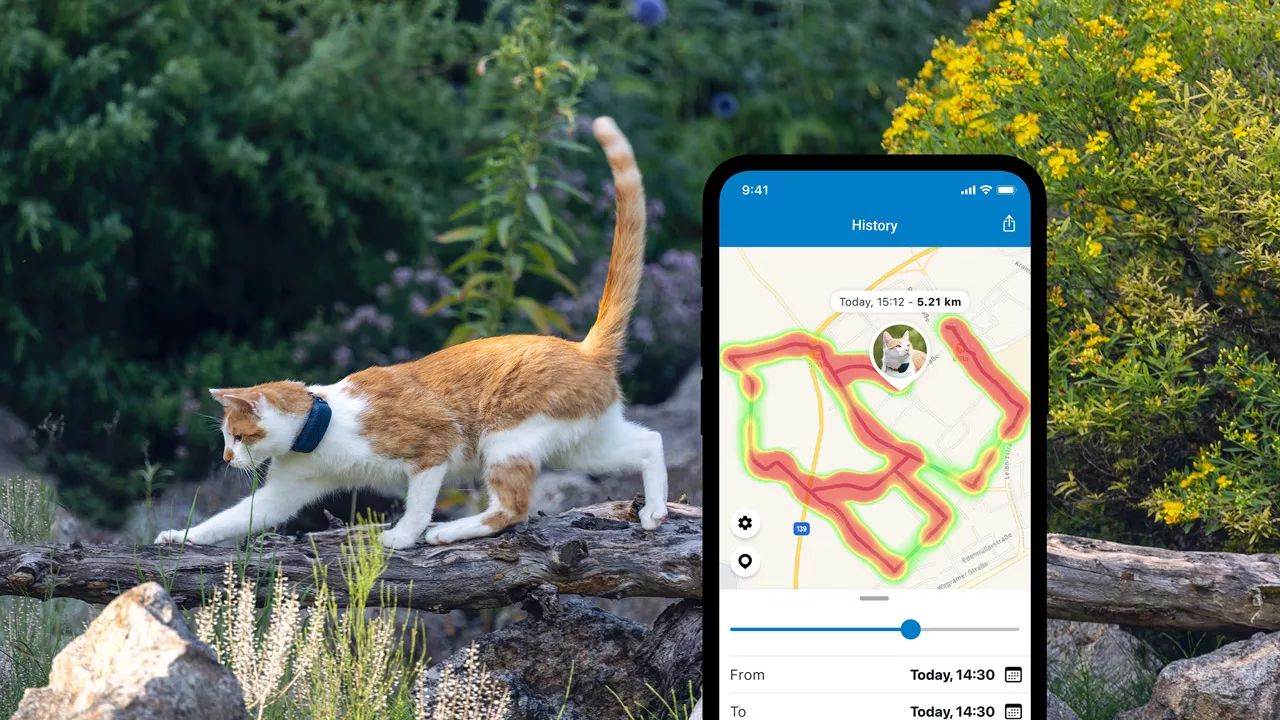
Photo Tractive.com
While training your beloved feline companion to respect the boundaries of your yard is a valuable endeavor, there may still be occasions when their curiosity gets the better of them, or your invisible fence encounters a glitch.
In such circumstances, the use of cat GPS trackers becomes invaluable. By attaching a GPS tracker to your cat’s collar, you gain the ability to keep a watchful eye on their whereabouts, even if they venture beyond the established boundaries.
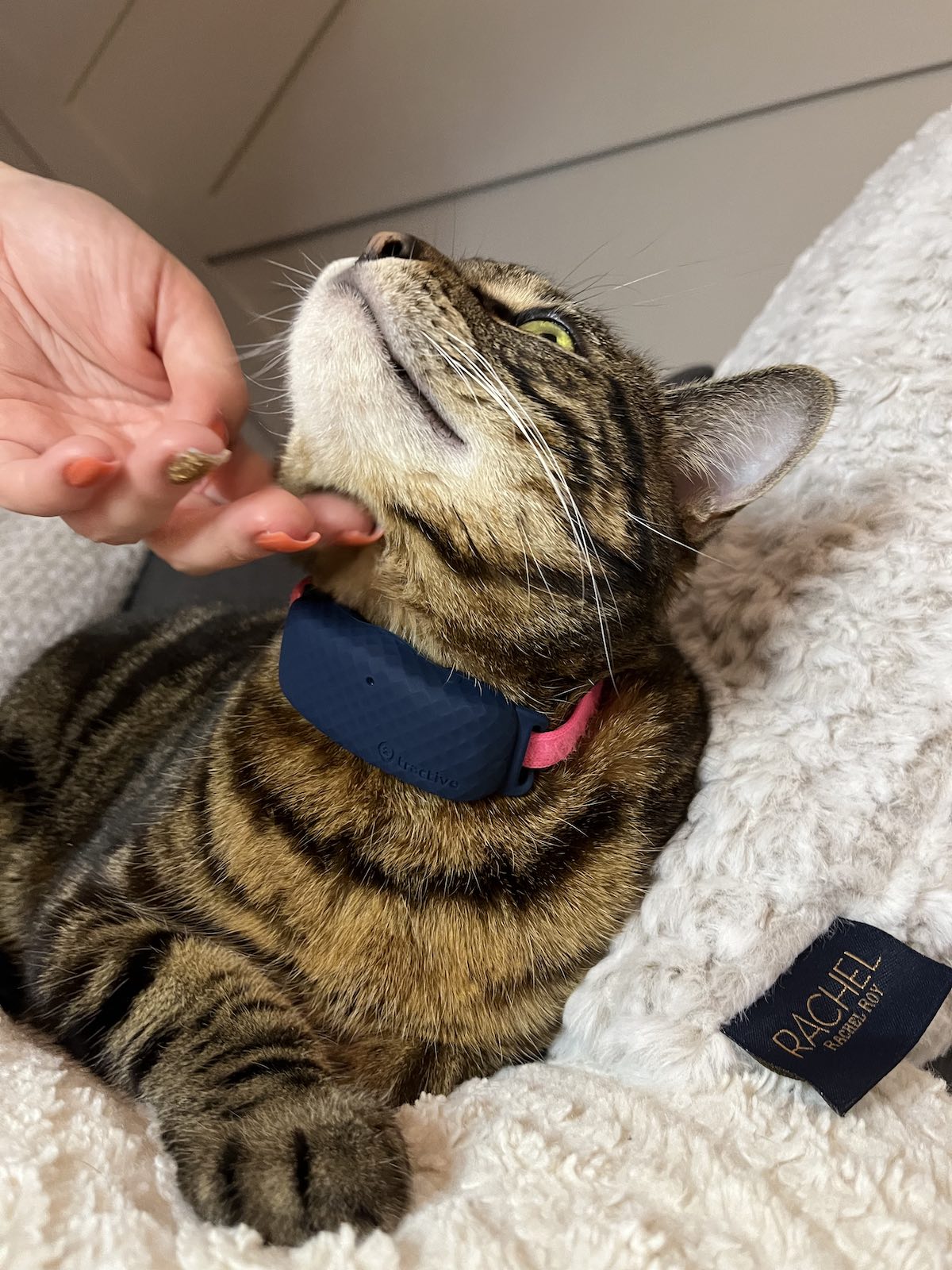
These cat trackers provide real-time information about your cat’s location, enabling you to pinpoint their exact position and track their movements with exceptional accuracy. With a reliable GPS tracker, you’ll always know when your cat decides to go on an adventure, where they’ve ventured, and which direction to follow when it’s time to bring them back safely.
For the ultimate peace of mind, I wholeheartedly recommend the Tractive cat GPS tracker, which currently stands as one of the best options on the market. Its extended battery life, consistent connectivity, and expansive range ensure that you can locate your feline friend whether they’re lounging on the porch or exploring blocks away.
![]()
When selecting a tracker, it’s essential to consider the ease of use of the receiver, whether it’s a smartphone app or an independent handheld module. The goal is to have a straightforward tool that simplifies the process of tracking your cat.
Furthermore, some GPS tracking systems offer the added benefit of virtual fences or safe zones. These customizable features can notify you if your cat strays too far from home or ventures outside of predefined boundaries, making them an excellent addition to your yard containment strategy.
GPS cat trackers employ various tracking technologies, including GPS, radio frequency, or Bluetooth. If you’re uncertain about which GPS tracker is the right fit for your feline friend, take a moment to explore our comprehensive list of the best GPS cat trackers.
Enhance Your Cat’s Outdoor Experience with a Cat Playpen
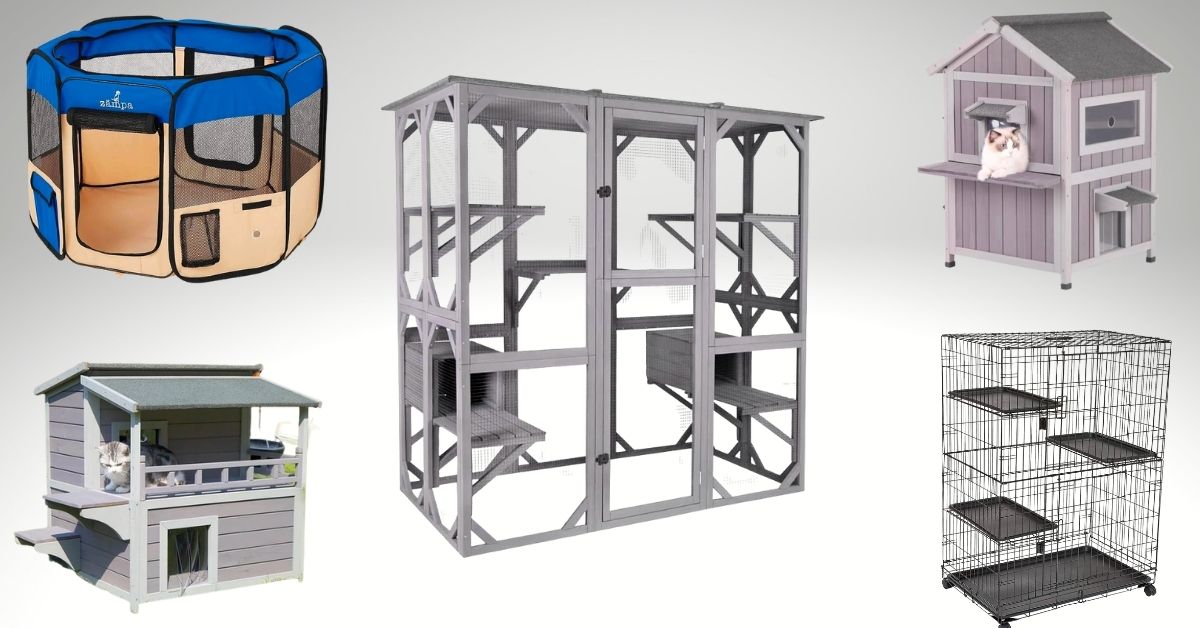
A cat playpen stands as a wonderful solution for granting your feline friend some outdoor freedom while ensuring their safety. These playpens come in a diverse range of sizes and styles, allowing you to select one that perfectly aligns with your cat’s unique personality and suits your yard.
Many cat playpens feature mesh sides, enabling your cat to gaze at the outside world, breathe in the fresh air, and bask in the sunlight. On the other hand, some options are designed with solid walls, offering a sense of privacy and tranquility to your furry companion.
One of the most significant advantages of these playpens is the inclusion of a roof, serving as a shield against the elements and providing much-needed shade on sunny days. This added protection ensures your cat’s comfort during their outdoor escapades.
Furthermore, several cat playpens incorporate climbing structures and engaging toys, keeping your cat entertained for hours on end. It’s an excellent way to offer your cat the joys of the great outdoors while maintaining a secure environment, preventing them from wandering too far from home. With a cat playpen, you can truly provide the best of both worlds for your beloved pet.
In Conclusion
Training your cat can requires time and effort, however, it can be a rewarding endeavor, promoting their safety and ensuring they enjoy the outdoors responsibly. Whether you opt for invisible fences, GPS trackers, or the use of a cat playpen, there are various effective methods to suit your cat’s needs and your specific situation.
By taking the time to teach your feline friend where their boundaries lie, you’re providing them with the freedom to explore while giving yourself peace of mind. So, embark on this journey with patience and persistence, and you’ll soon have a happy and content cat enjoying the yard safely. Nonetheless, anything for your kitties’ safety is worth investing in. Getting an invisible fence and a GPS tracker will ease your worries and make your life as a cat parent easier.







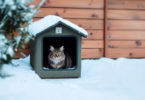
Leave a Comment